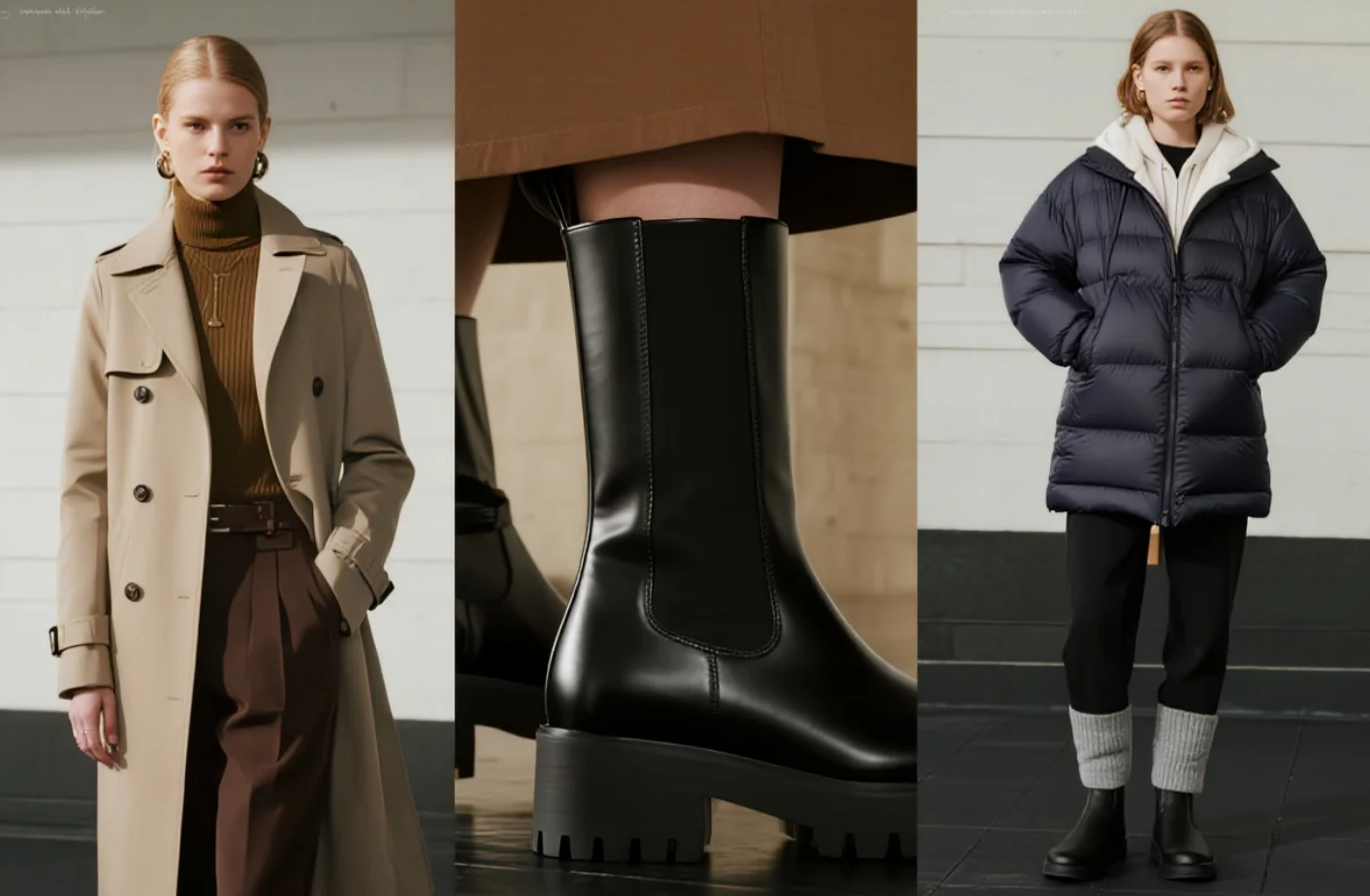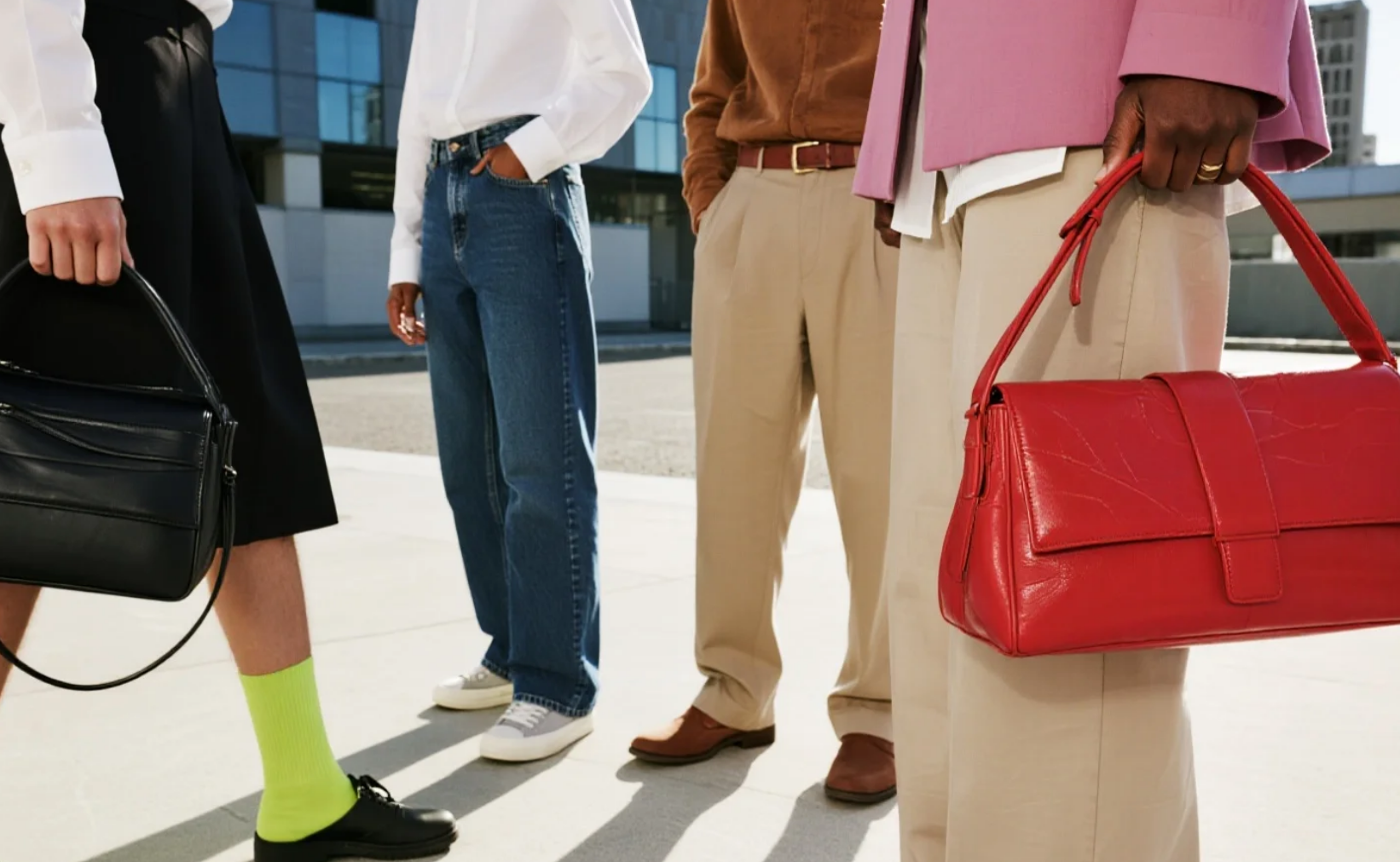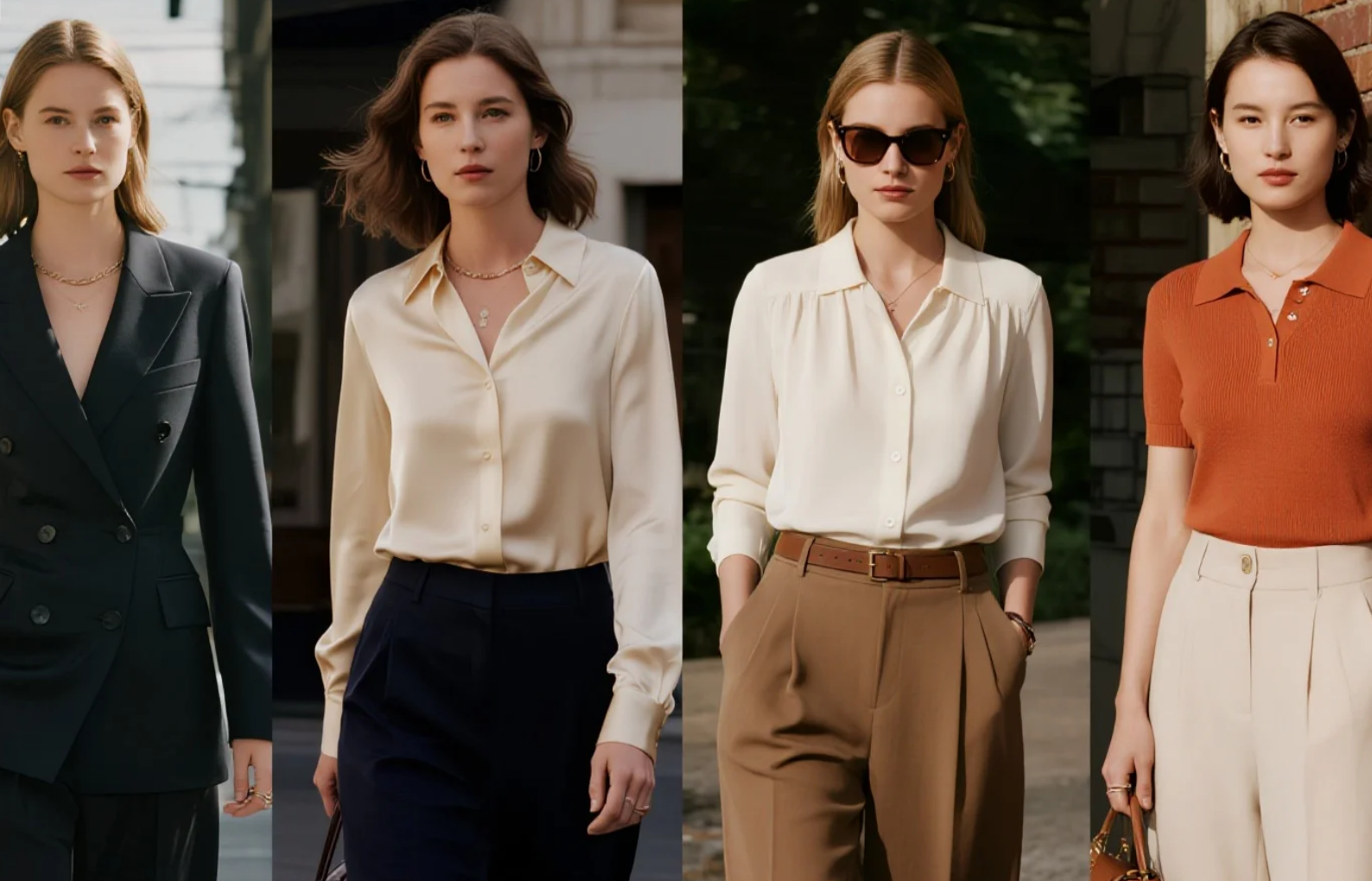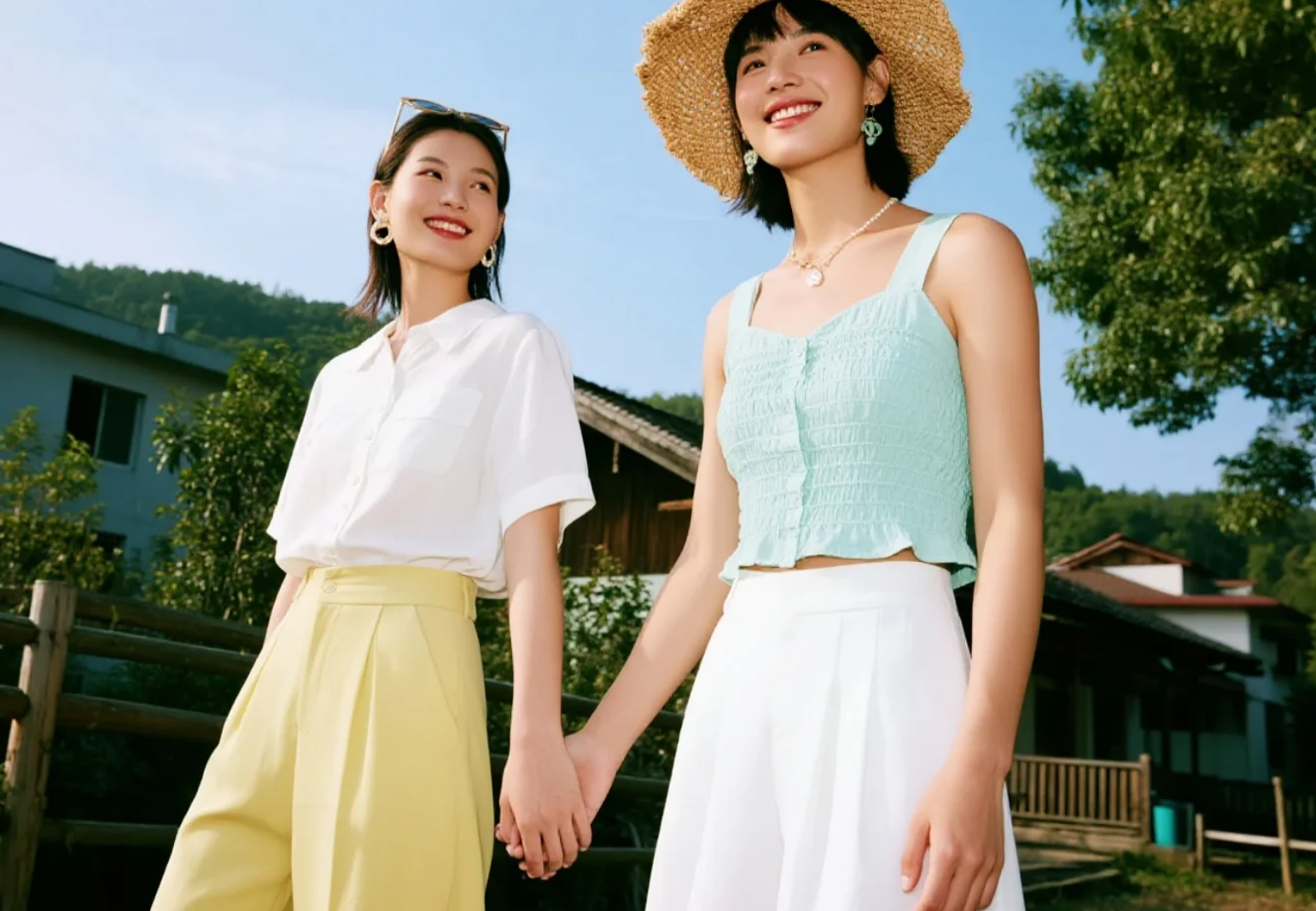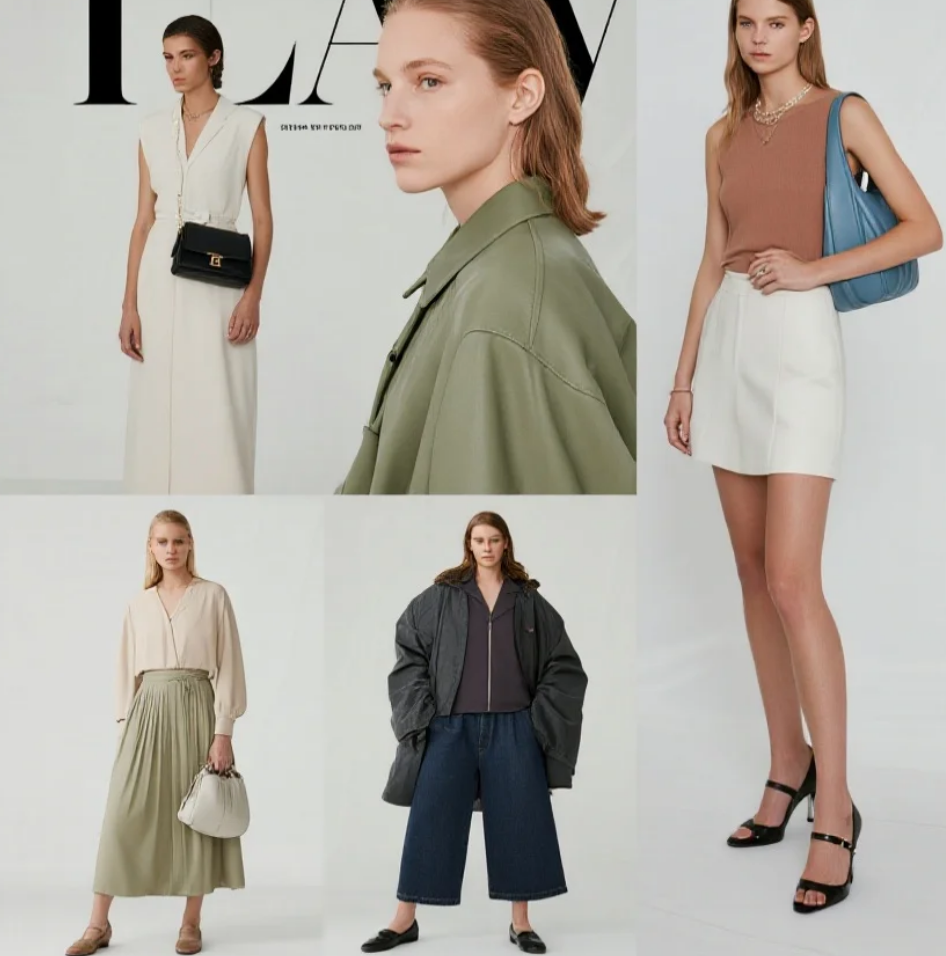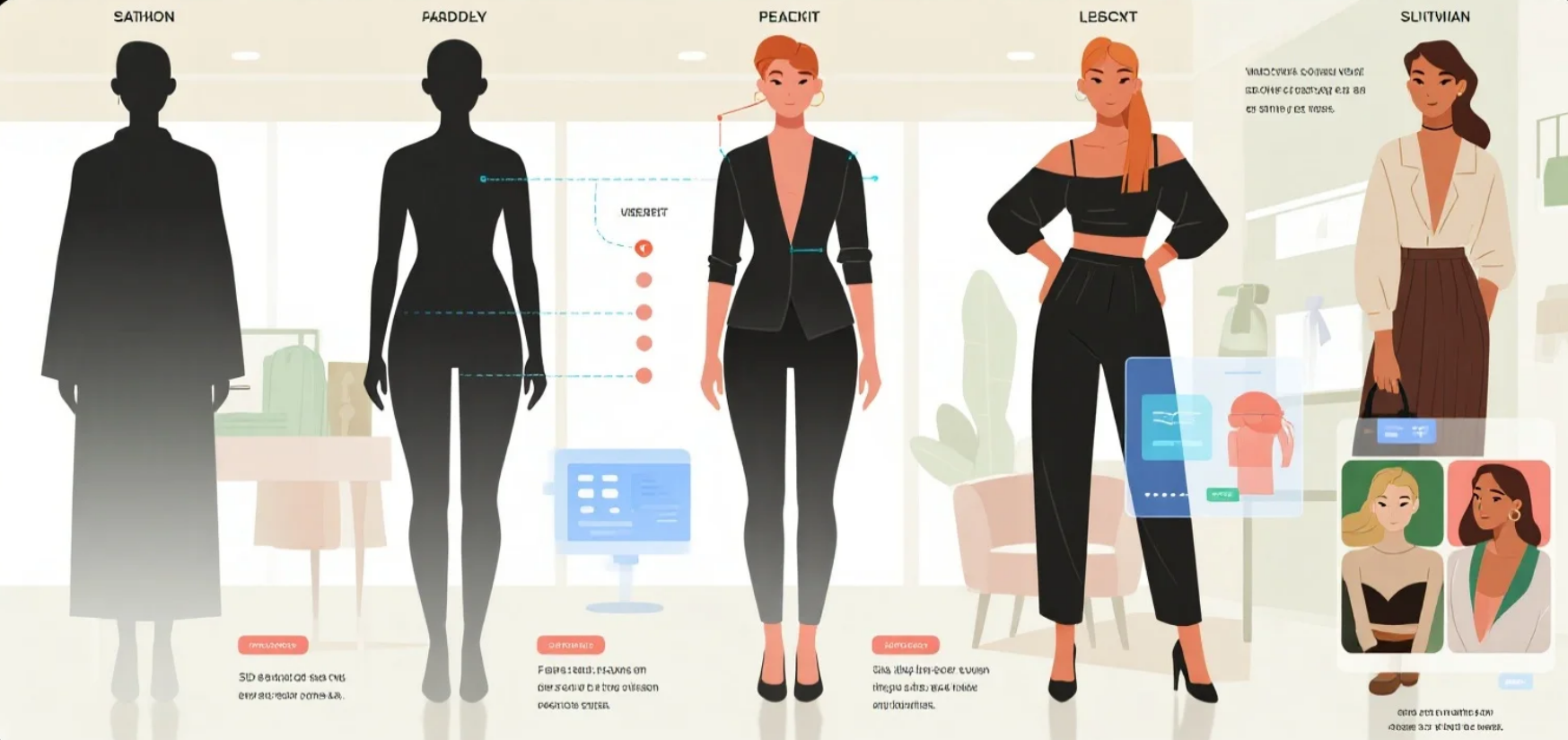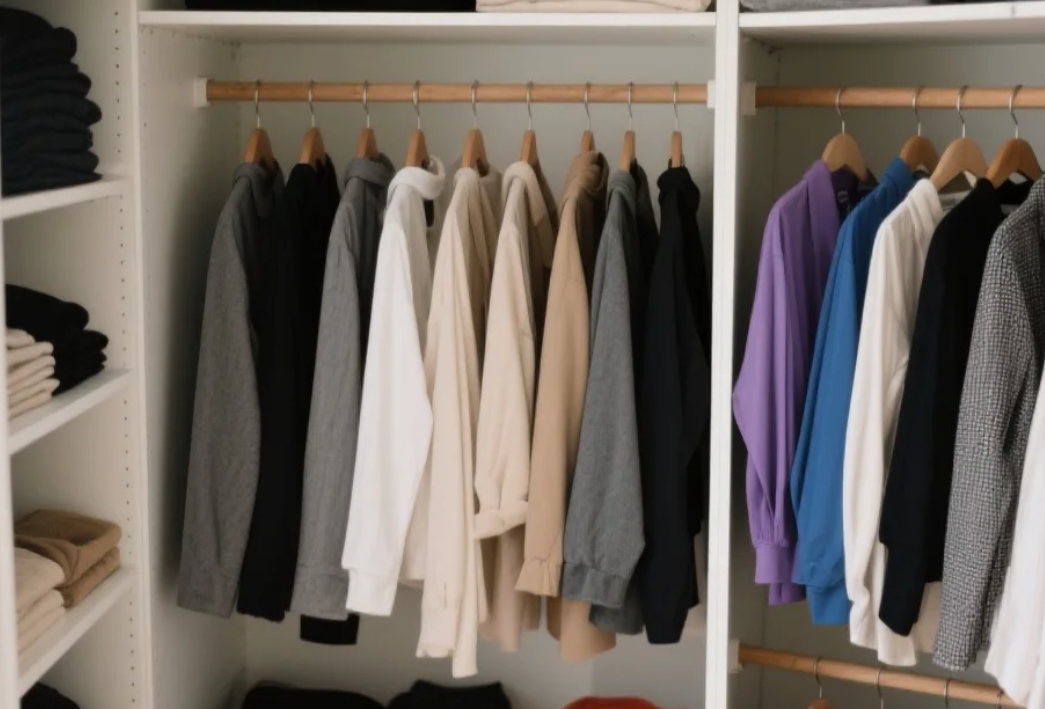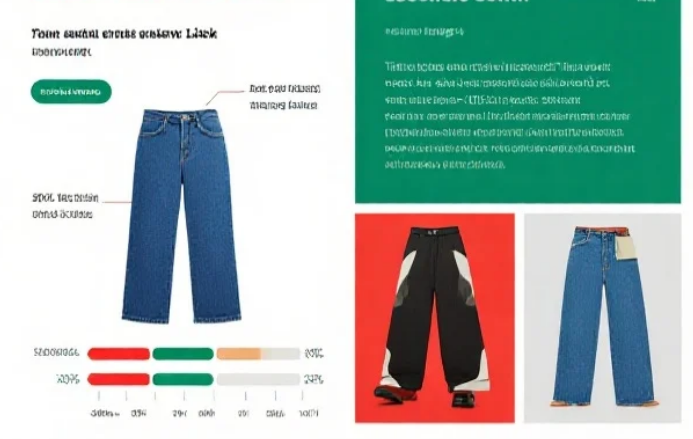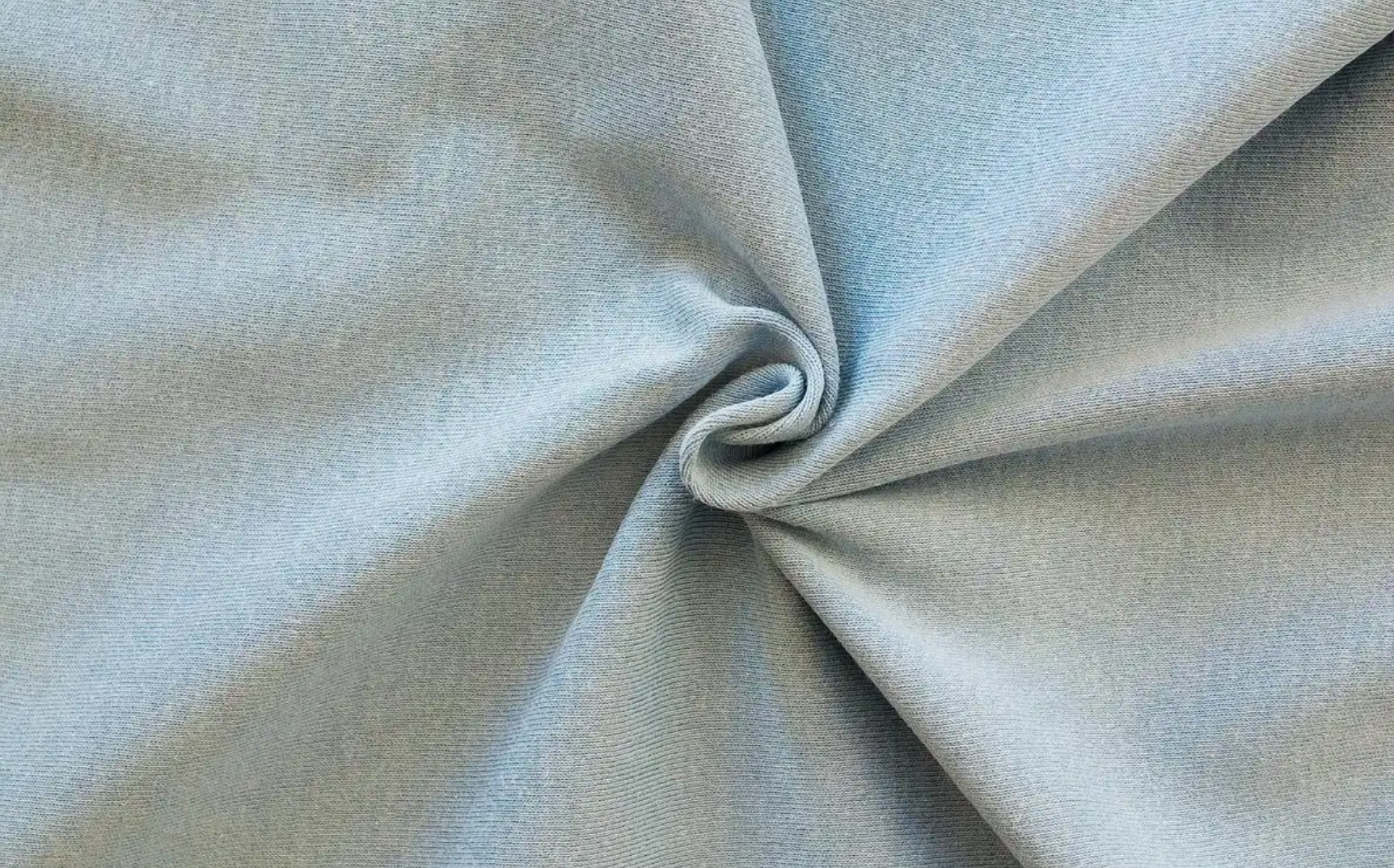From the catwalk to everyday wear: Recommended alternatives to popular pieces
When the lights of Paris Fashion Week fade, those captivating designs don't vanish. Instead, they're quietly making their way into our wardrobes—not through five-figure price tags, but through savvy alternatives. This isn't a downgrade in consumption, but an upgrade in fashion intelligence. In this era of information transparency, more and more consumers are discovering that they can get 90% of the design essence and wearability for one-tenth the price. Why not?
Let's start with this year's most stunning runway pieces. Bottega Veneta's woven bags, Prada's platform loafers, Jacquemus's mini bags... These instantly captivating designs are now readily available in alternative versions. For example, a woven handbag from a Chinese designer brand utilizes a similar weaving technique but uses a more durable, eco-friendly material, at just one-eighth the price of the original. This isn't a simple imitation, but a reinterpretation of the design's essence. In fact, many "substitute" items have been modified from the originals to make them more suitable for everyday wear—lighter weight, more practical interior pockets, and cuts more flattering to Asian body types. These improvements make substitutes more than just cheap alternatives, but rather a more practical upgrade.
 In the athleisure sector, lululemon's yoga pants are a phenomenon, but their price tags often exceed thousands of yuan, making them prohibitive for many. A surge in domestic sportswear brands has provided a perfect solution. For example, yoga pants directly supplied by a Zhejiang factory utilize a similar nude-feel fabric and high-waist design, yet are priced at just 129 yuan. Field testing has shown that their fit and stretchability rival those of established brands, and they even offer superior breathability. This is due to the maturity of the domestic supply chain: many factories that once manufactured for international brands now directly apply their own craftsmanship to their own brands. Consumers no longer have to pay a premium for brand names, yet can still enjoy the same quality.
In the athleisure sector, lululemon's yoga pants are a phenomenon, but their price tags often exceed thousands of yuan, making them prohibitive for many. A surge in domestic sportswear brands has provided a perfect solution. For example, yoga pants directly supplied by a Zhejiang factory utilize a similar nude-feel fabric and high-waist design, yet are priced at just 129 yuan. Field testing has shown that their fit and stretchability rival those of established brands, and they even offer superior breathability. This is due to the maturity of the domestic supply chain: many factories that once manufactured for international brands now directly apply their own craftsmanship to their own brands. Consumers no longer have to pay a premium for brand names, yet can still enjoy the same quality.
Substitutes for everyday wear are equally exciting. Max Mara's classic camel coat is every working woman's dream, but the price tag of 30,000 to 40,000 yuan (approximately $40,000) is prohibitive. A similar model from a Chinese women's clothing brand, made from a 90% wool blend, retains the original's sleek silhouette for under 2,000 yuan. Even better, this alternative has been tweaked to suit the specific body shapes of Asian women, creating a more defined silhouette. This isn't a simple copy, but a true evolution. Similar examples include Theory's minimalist suits and Celine's shirts... These essential workplace pieces can be found in Chinese brands with comparable quality.
The accessory industry is also experiencing a surge in alternatives. Luxury brand accessories like scarves, belts, and sunglasses often command high prices, but their actual cost is significantly outweighed by the selling price. A wave of independent designer brands specializing in accessories has emerged, offering similar designs at a tenth of the price. For example, a silk square scarf from an original designer brand, made from the same mulberry silk as a luxury brand and featuring prints by emerging artists, costs just 599 yuan. These alternative accessories often offer more individuality, avoiding the awkwardness of seeing the same style everywhere.
Also, there are a wealth of alternative options in the footwear sector. A pair of white sneakers from an Italian brand can cost over 5,000 yuan, while a similar pair from a domestic brand, made from the same high-quality top-grain cowhide and featuring exquisite craftsmanship, costs less than 500 yuan. Professional reviews have shown that both offer comparable comfort and durability. Even more surprising, many alternative models incorporate modifications to better suit Asian feet, such as wider lasts and modified arch support, resulting in a superior wearing experience.
How can you choose a high-quality alternative? Here are a few practical tips: First, pay attention to the material composition. Hard indicators like wool content, cotton count, and leather type won't lie. Second, examine the workmanship details, such as neat seams, sophisticated linings, and sturdy hardware. Finally, consider actual wear scenarios. Some alternatives, while similar in appearance, may be more functionally suitable for everyday use. Remember, the best alternative isn't the cheapest; it's the one that strikes the perfect balance between price and quality.
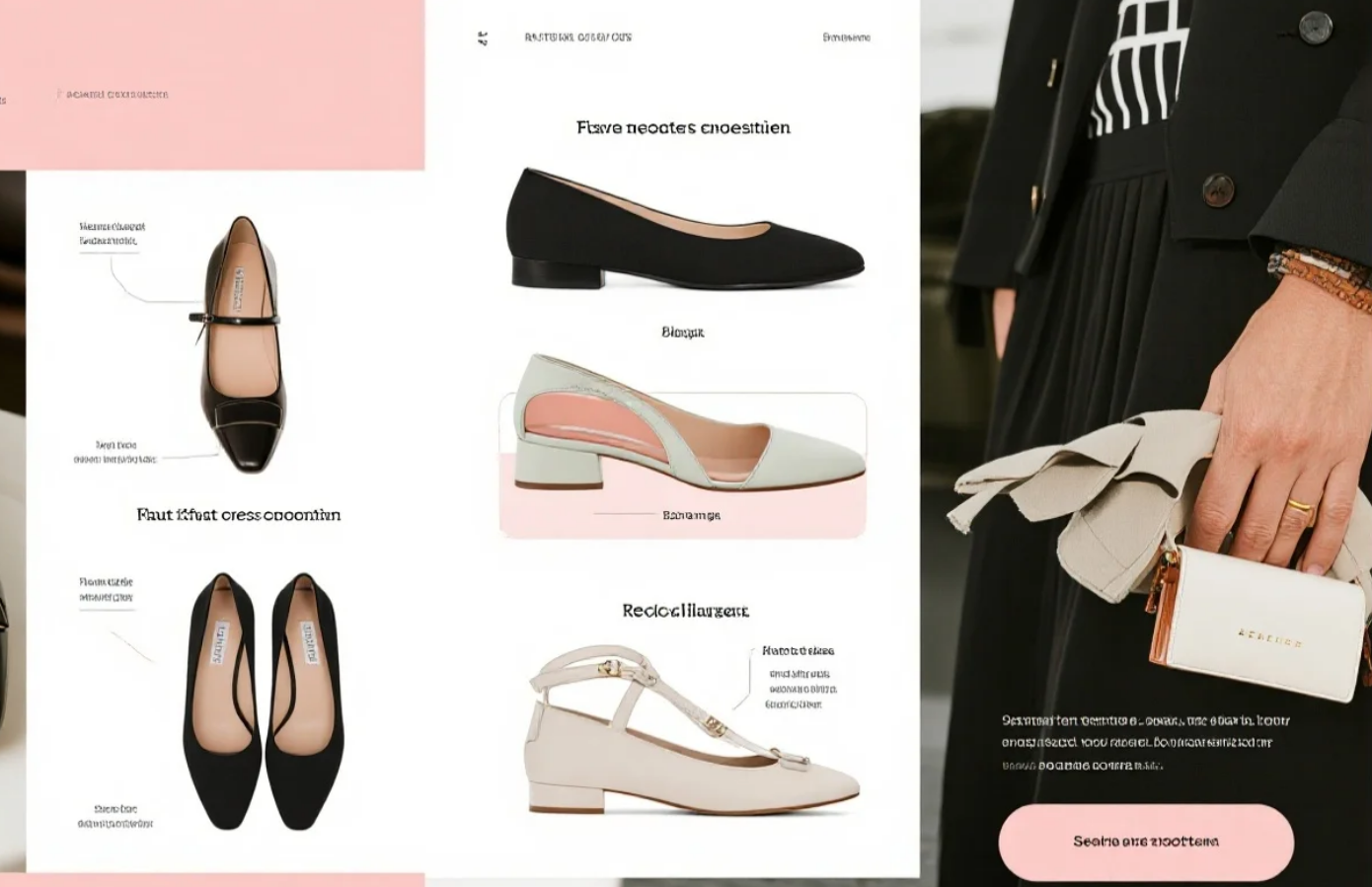 This alternative revolution reflects a profound shift in consumer mindset. Modern consumers are more discerning and pragmatic, no longer blindly worshipping brand luster but prioritizing the actual value of a product. They're willing to pay for good design and quality, but refuse to pay unreasonable brand premiums. This shift is reshaping the entire fashion industry and forcing brands to rethink their value proposition. For consumers, alternatives aren't a compromise; they're a smarter choice—getting the same excellent wear experience at a more reasonable price, saving money for more valuable investments.
This alternative revolution reflects a profound shift in consumer mindset. Modern consumers are more discerning and pragmatic, no longer blindly worshipping brand luster but prioritizing the actual value of a product. They're willing to pay for good design and quality, but refuse to pay unreasonable brand premiums. This shift is reshaping the entire fashion industry and forcing brands to rethink their value proposition. For consumers, alternatives aren't a compromise; they're a smarter choice—getting the same excellent wear experience at a more reasonable price, saving money for more valuable investments.
From the runway to everyday life, fashion is no longer out of reach. Through savvy alternative choices, everyone can enjoy fashion in a more rational way. This isn't a compromise, but a progression—a precise grasp of one's own style and a clear understanding of consumer value. The next time you're struck by a designer item, ask yourself: Would an alternative be a wiser choice?
